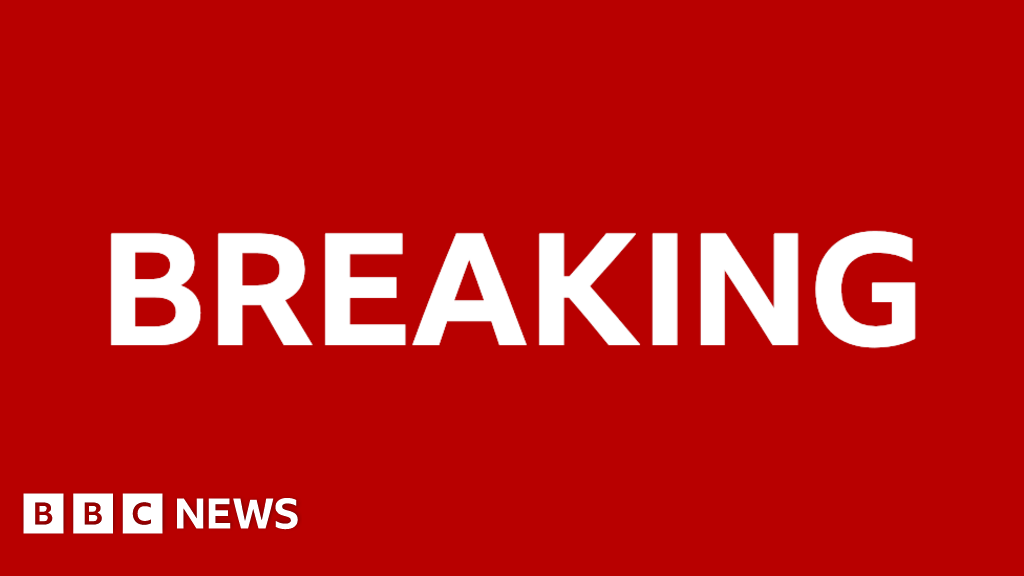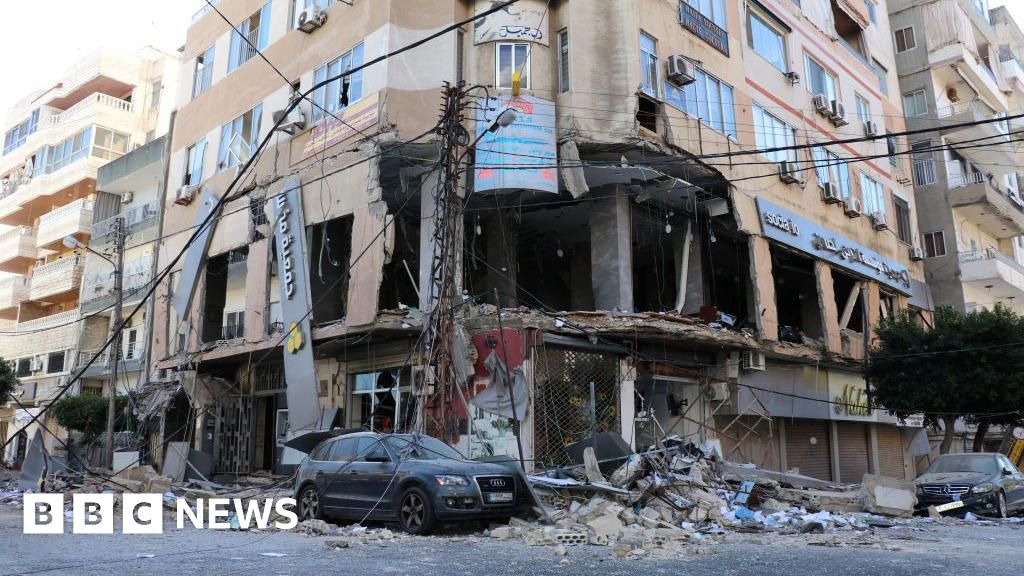On Wednesday, the European Environment Agency published a report on the impact of climate change on the water cycle. Extreme phenomena threaten the health of citizens, but also various economic sectors.
One in eight Europeans lives in an area at risk of flooding. This is one of the findings of a report published on Wednesday by the European Environment Agency on the impact of climate change on the entire water cycle, which also includes drought and forest fires.
In 40 years, violent storms have already claimed more than 5,582 victims, and the danger remains high.
"Around 15% of industrial facilities in Europe may be located on flood plains," explains Aleksandra Kazmierczak, a climate and health expert at the European Environment Agency.
"Infrastructures such as water treatment plants are located further downstream. And more than a third of them in Europe are located on flood plains", she adds. According to the report, 11% of hospitals are also located in high-risk areas.
Droughts and heatwaves also threaten water quality by increasing the concentration of pollutants. These cumulative events pose a problem of access to water for populations, and affect the cooling systems of nuclear power stations and agriculture.
"In 2022, we have seen a drop in the production of maize and olive oil, for example, particularly in southern Europe. The losses caused by drought in the agriculture, water supply and energy sectors are estimated at around €9 billion a year," explains Aleksandra Kazmierczak.
The European Agency is therefore calling on all players to limit development in at-risk areas. It suggests solutions inspired by nature, such as planting trees or vegetated areas to retain rainwater, or reusing treated water. Finally, it proposes the introduction of more effective early warning systems.

 5 months ago
28
5 months ago
28








